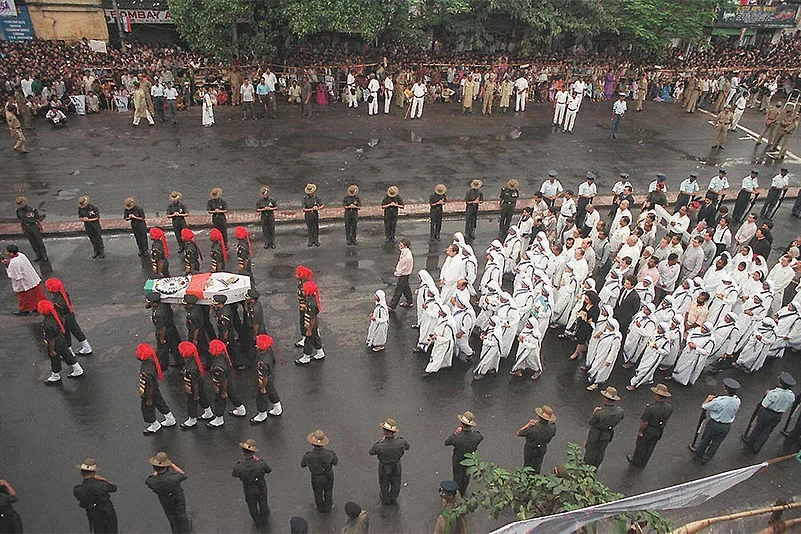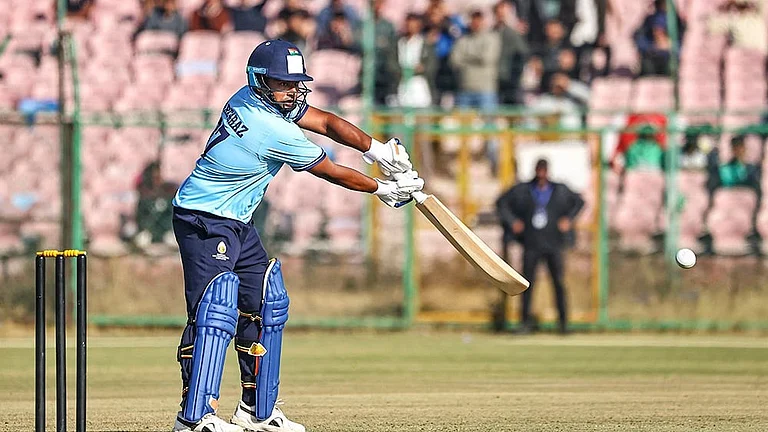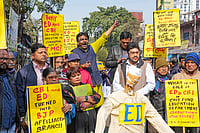I was all of sixteen and a fresh entrant into St. Xavier’s College when the news of Mother Teresa’s death began to spread through the streets of Calcutta like wildfire. I clearly remember running the one-and-a-half kilometres that separate my house from Mother House to verify if the news was true. A crowd that was growing by the minute was outside Mother House and someone had hung a framed picture of Mother Teresa and had put a garland around it. That image of Mother’s picture, with a garland draping it, was the only verification that I probably needed. “That’s it, she is no more!” my mind and heart mourned. I took a rather meandering path home to cope with this enormous feeling of grief that was bubbling inside.
Since my earliest memories, Mother Teresa was a ‘constant’—an anchor figure held by my family and eventually me as the gold standard of compassion and care. And now, suddenly, she was no more! Reaching home, I found my mother waiting anxiously for me. I thought I would be reprimanded for being away from home without permission, but my mother said I needed to call the parish priest immediately, because he had called looking for me. I went to the parish as any God-fearing Catholic boy would do—for no one disobeys the summons of the parish priest—to be told that Mother’s mortal remains would be laid in state at our church. He asked me and a few other boys to take leave from college and to be available for all the seven days, to be of help and assistance. The work we were tasked with during those seven days of grace was varied and ranged from ushering the endless line of mourners into the church to helping the sisters prepare Mother’s mortal remains for transfer to the Netaji Indoor stadium.
Those seven days witnessed people from all walks of life moving in sombre silence, mostly tearful and some openly sobbing, to pay their final respects to Mother Teresa. The dignitaries were there in hordes too—then prime minister, I.K. Gujral, Phoolan Devi, heads of states and their representatives, Vatican officials.... These few days saw Calcutta at her best—a city that simultaneously took on the roles of a generous host, grieving orphan and, finally, a child ever conscious of its duty that left no stone unturned in paying a fitting tribute to its own Mother. As Mother’s funeral cortege entered the lane of Mother House, the skies opened up and the drops of rain that fell were almost like water of the Ganges on Bijoya Dashami, claiming the Mother for her heavenly abode after she did her part in vanquishing the evil of indifference to poverty and the pain of the poor on earth.
Today, as I prepare to leave for Rome with a delegation of 150 people from Calcutta, I feel a sense of great serenity that the Mother who I served at her death has made it possible for so many to witness and celebrate her elevation to sainthood. She will be known as ‘Saint Teresa of Calcutta’, not Kolkata. The reason is because she belonged to the ecclesiastical province known as the Archdiocese of Calcutta, and the archdiocese cannot change its name as a result of a political decision, just as with the names of the High Court and the university.
But I feel that apart from this legal nuance to her saintly nomenclature, the fact that she will be called the Saint of Calcutta will always serve us in this city as a reminder of the virtue of upholding in our lives all that the city of Calcutta once stood for on the day it was orphaned.
(Fr Rodney Borneo is principal, Loyola High School)





















